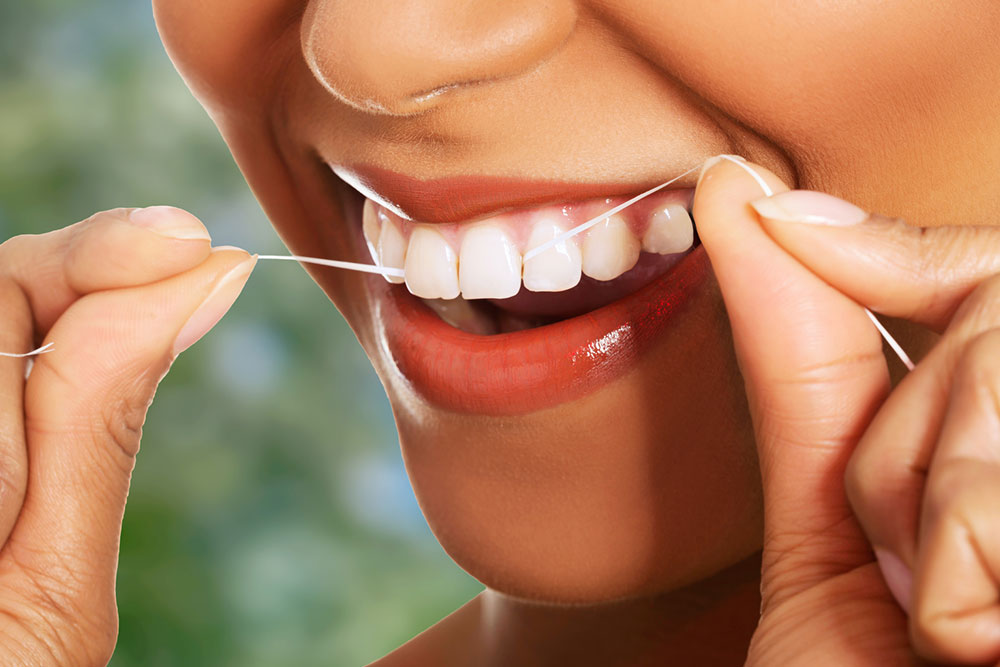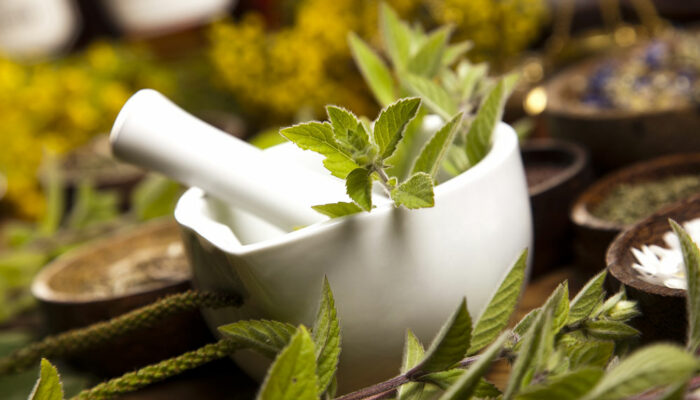
The importance of flossing your teeth
Flossing is a technique of cleaning between the teeth and below the gum line, using a thin, soft strand. This string is wrapped around fingers and moved up and down to take off the dirt, plaque, and bacteria, giving the mouth a complete, clean wash.
When you find something stuck between your teeth, you’re tempted to take it off immediately. It can be so satisfying to clean it off, but we mostly end up using things that are within our reach rather than use floss. According to some studies conducted, it is found that unusual items such as fingernails, safety pins, fork, knife, paper-folded-edges are used for instant cleaning the residue between teeth. Such unconventional things are hazardous and have a greater tendency to cause infection on the contrary. Flossing comes to rescue at this situation and is the best practice to adopt.
There are certain tools designed for flossing, such as
- Strings or floss (the most commonly used)
- Cone-shaped brushes with strings attached
- Flossers
How to floss?
To reap the maximum benefits of flossing, certain steps need to be followed:
- Take a string that is the length of your arms, typically around 18 inches. Twist one end of the floss around the middle finger of both your arms. Leave an inch of the string what is usually called the floss.
- Hold tightly to the string with the thumb and index fingers. Start to slide it up and then down in-between your teeth, till the gum line. This needs to be done cautiously.
- Clean every side of the tooth, but make sure of not snapping the delicate gums and bruising them.
- For every gap, use a clean part of the string. The movement should be in a way to take out the dirt outward.
Importance and benefits of flossing
Floss removes sticky sugar, leftover food residue that gets entangled between two sides of the tooth, which get contaminated and cause cavities and gum diseases. It also can release acids that wash away the enamel and damage teeth. Tarter, if formed, it is difficult to take off and can only be done with a dentist’s help.
The American Dental Association (ADA) recommends flossing once in a day for better oral hygiene. The ADA also conducted research with around 51 pair of twins, wherein one flossed regularly for two weeks at a stretch and the other did not. The twin who flossed noticed the plaque reduction, less gum bleeding, and better teeth health. So, it is very important to start flossing. It should get added into the routine just like teeth brushing.
We can adopt flossing every day, and with practice and precision, we can master the technique. There are many convenient options available, such as traditional flosses that are small can be carried along in your pocket or purse. Water flossers need to be plugged in to be used but are convenient nonetheless. There are other variants in flossers that are already discussed above.
Consulting your dentist for a suitable floss variant may help for better teeth health. Also, scheduling a cleaning-session every six months is a great way to maintain proper oral hygiene.




